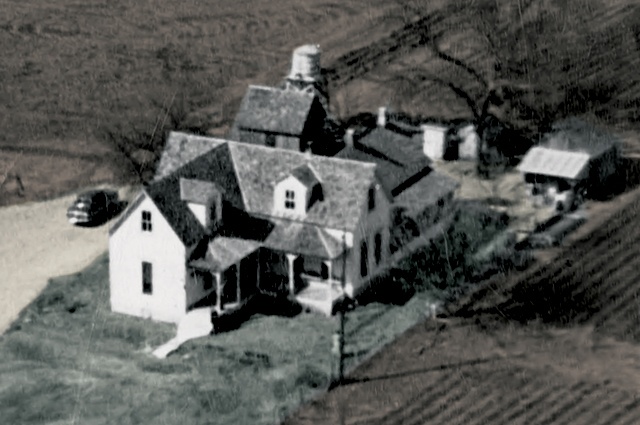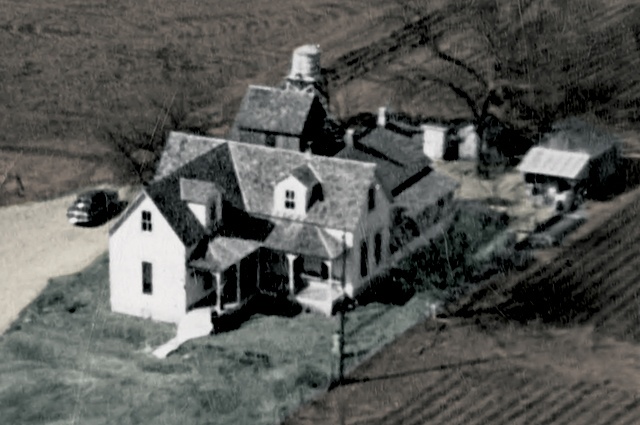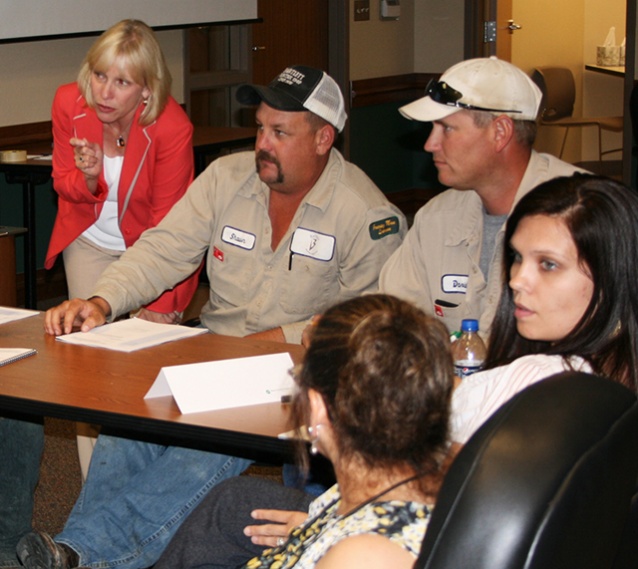It all started 78 years ago in a wooden farmhouse near Bartlett. A determined community living in darkness pulled together and, with a little help from the Rural Electrification Administration, a string on a bulb was tugged, and darkness turned to light. That’s just some of what employees of Bartlett Electric Cooperative, the first to bring REA-funded electricity to rural America, heard at a daylong training event, Cooperative Purpose 101, May 28 at the co-op’s headquarters.
Rural Utilities Services Administrator John Padalino addressed the training group, assuring them that the role of cooperatives in their communities is just as important now as it was in the 1930s. His message came to light when Mary Saage, daughter-in-law of the family who lived in that first electrified farmhouse, made a brief visit to address the audience. She shared stories about how the electricity improved the quality of life for her and her family.
Texas Electric Cooperatives offers Cooperative Purpose 101 to co-ops across the state to invigorate employees with a renewed purpose: to power communities and empower members to improve the quality of their lives. Now more than ever, it is important for cooperative employees to emphasize to members: You are members, not customers, and it pays to be part of a cooperative. Your co-op doesn’t just keep the lights on, it helps your community thrive—with scholarships, Operation Round Up, changing out the lights at the ballpark. And that’s just the start of it.
Holding Cooperative Purpose 101 in the very community where the co-op purpose was first put into practice in Texas—when Charles Saage yanked on a string March 7, 1936—is significant. It shows the staying power of the co-op way and the rewards of empowering members to improve the quality of their lives. It emphasizes that co-ops and members thrive when the cooperative purpose—whether worded as it is today or as it might have been in 1936—is embraced and practiced by all employees.



